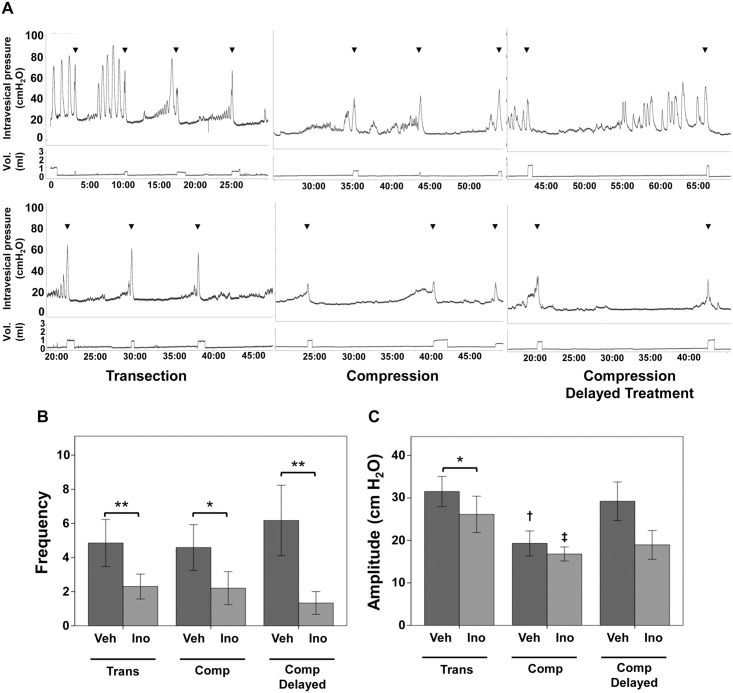Fig 1. Inosine improves neurogenic detrusor overactivity.
(A) Representative cystometrograms of rats with transection or compression spinal cord injury that received vehicle (upper panels) or inosine (225 mg/kg, lower panels) i.p. daily for 6 wk, either immediately at the time of injury (left and middle panels) or beginning 8 wk after injury (right panels) are shown. Cystometry was performed at 6 wk (transection and compression with immediate inosine treatment) or 14 wk (compression with delayed inosine treatment). In each case, the upper tracing in each graph demonstrates intravesical pressure (cm H2O) and the lower tracing indicates voided volume. Arrowheads indicate voids. Time (in min) is indicated on the x-axis. Numbers of rats in each group are: transection + vehicle, n = 5; transection + inosine, n = 4; compression + vehicle, n = 6; compression + inosine, n = 5; compression + vehicle delayed, n = 6; compression + inosine delayed, n = 3. Graphs summarizing the frequency (B) and amplitude (C) of spontaneous non-voiding contractions in vehicle- versus inosine-treated SCI rats in both injury models are indicated. Data are presented as mean ± standard deviation. Inosine treatment decreased the frequency of SNVCs in all models, and the amplitude of SNVC following transection injury.

